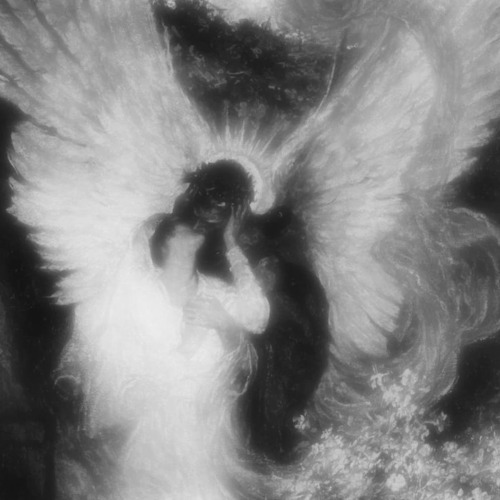Structuring Your Fight Scene

Structuring Your Fight Scene
adapted from <Writer's Craft> by Rayne Hall
Suspense
Show your characters gearing up, readying themselves.
The pace is slow, the suspense is high (use suspense techniques)
Provide information about terrain, numbers, equipment, weapons, weather.
May have dialogue as the opponents taunt each other, hurl accusations, or make one final effort to avoid the slaughter.
Don't start too early - we don't need to see the hero getting out of bed, taking a shower and having tea.
2. Start
Fighters get into fight stance: knees slightly bent, one leg forward, abdominal muscles tensing, body turned diagonally, weapons at the ready.
Each side will usually try to be the first to strike, as this will give them advantage.
The movements in this section need to be specific and technically correct.
3. Action
This section may be quick or prolonged. If prolonged, no blow-by-blow descriptions are needed.
Focus on the overall direction of the fight
Make use of the location to make characters jump, leap, duck, hide, fall, etc.
Mention sounds of weapons
4. Surprise
Something unexpected happens: building catches fire, a downpour, relief force arrives, staircase collapses, bullet smashes into the only lightbulb and everything goes dark, hero losses his weapon, etc.
Add excitement, raise the stakes.
5. Climax
Both sides are tired and wounded
The hero is close to giving up, but is revived with passion
Move to the terrain's most dangerous spot: narrow swining rope-bridge, a roof-edge, sinking ship, etc.
Don't rush the climax! Hold the tension
6. Aftermath
The fight is over: bes buddies lying dead, bandaging, reverberating pain, etc.
Use sense of sight and smell
The hero may experience nausea, shaking, tearfulness or get sexually horny
Fight scene length
Historical/adventure/fantasy: 700-1000w
Romance: 400-700w
More Posts from Bearieblues and Others
🎐 20 Random Writing/Art Prompts 🎐
Cartoon Time
Bonding
The Entertainers
What a Saint
It's a Scandal
Dinner Time
Mail Trail
Hair Care
Who's In Charge?
So Saucy
Double Up
Battle Ground
Theatre Time
Spaced Out
Art Attack
Bird Watching
In a Stew
Step to It
Can You Speak…?
Machine Mayhem
heartbreak through body language in Men
A drooping posture can convey a sense of defeat and sadness. Keep shoulders slightly slouched, and avoid standing tall or with a straight back.
Facial expressions play a crucial role. A downturned mouth, furrowed brows, and a distant or vacant gaze can all indicate inner turmoil and heartache.
Men often avoid eye contact when they're feeling vulnerable. If you're experiencing heartbreak, you might find yourself looking down or away when speaking to others.
Restlessness can manifest in various forms, such as tapping fingers, bouncing legs, or constantly shifting positions. This indicates inner turmoil and an inability to find peace.
Movements may become slower and less purposeful when someone is experiencing emotional pain. This can include gestures like reaching for objects or adjusting clothing.
Men in heartbreak might withdraw from social interactions or participate less actively in conversations. They may seem physically present but emotionally distant.
Deep, heavy sighs are often involuntary reactions to emotional distress. They signify a release of tension and an underlying sense of sadness.
Heartbreak can drain one's energy. You may notice a decrease in enthusiasm, vitality, and overall liveliness in how you carry yourself and engage with others.
Crossing arms, hunching shoulders forward, or clasping hands in front of the body can create a barrier between oneself and others, reflecting emotional guardedness and pain.
Gestures may become less expressive and more restrained. Hand movements may be smaller in scale and less animated compared to usual.
Subplot Romance
Over the years I’ve created some twitter threads on writing and history and I’ve decided it’s a good time to start compiling and sharing them on this Tumblr. I’m going to tag them “writing”.
-
Here’s what I’ve learned about writing subplot romance. (People who write genre romance probably already know this stuff. It’s those of us who are mainly leavening romantic subplots into fantasy novels that need this info).
1. Romance = fundamentally character-driven. All internal conflict & internal growth. (Can these two trust each other? Will their character flaws drive them apart?) The more study you put into creating characters and building character arcs, the better your romantic writing.
A romance arc is not the SAME as a character arc, but it 100% NEEDS solid character work undergirding it.
2. Romance needs two ingredients: a compelling reason for the characters to be TOGETHER, & a compelling reason for them to be APART. This forms the conflict in the romance so do not skimp on either.
Eg, a common mistake in male-penned stories: female lead has no compelling reason to want male lead. “He’s a good-looking warrior dedicated to winning her throne!” Yeah nah, she’s literally surrounded by good-looking warriors dedicated to winning her throne, why’s he different?
3. Romance needs chemistry = a believable spark of attraction. Something that blew my mind when I realised it: romantic chemistry =/= sexual chemistry. Sexual chemistry (purely physical attraction) is simply PART of romantic chemistry.
Romantic chemistry is a good deal broader. (Read/watch some good romances to see how chemistry is built by different storytellers. One fave of mine is the Romola Garai EMMA. Peerless friends-to-lovers chemistry. Watch the actors’ body language; the way they gravitate to each other; the way their faces light up)
Chemistry tip A: if the driver behind sexual chemistry is lust, the driver behind romantic chemistry is trust. Protag needs/wants someone to trust. It’s the way you play with trust/distrust that will create romantic tension.
eg: love interest holds protag’s hand. With sexual chemistry, protag simply feels a jolt at the contact. With romantic chemistry, protag feels comforted and trustful - then betrayed when it turns out LI is tracking her pulse to see if she’s lying to him (see: MISS SHARP 😇)
Chemistry tip B: if protag is falling for someone, that person should occupy their mind. LI should be mentioned/thought of each scene, even when absent. When present: LI consistently provokes unaccustomed emotion - either positive or negative, depending.
Chemistry tip C: make the characters their best/most lovable/most iconic selves when with each other. Quirkiness, smarts, hilarity. Make these the most fun character scenes in the book & the audience will ship them. Passionately.
4. Build romantic chemistry/attraction through escalating moments of trust and tension. If aiming for happily-ever-after(HEA)/for-now(HFN), then the overall arc is towards greater trust, but you need those moments of tension to give the big payoff scenes appropriate catharsis.
OTOH, if you’re writing a tragic/backstabby romance, you need the trust/comfort moments in order to sell the big tragedy/betrayal.
5. Trust, comfort, & happiness are POWERFUL. This is what genre romance thrives upon. Even in dark/spiky stories, the most surprising thing in the story can be the moment when the LI DOESN’T betray the protag. That too can be wildly cathartic. Use it.
6. Just as character-driven skills help you with romance, so if you master romantic writing, you’ll be better able to write ALL types of relationship - platonic, friendly, hostile.
OK that’s all so far. Two book recs: ROMANCING THE BEAT by Gwen Hayes & THE HEROINE’S JOURNEY by Gail Carriger teach you the rules/expectations of genre romance so you’ll know what the rules are for a happy romance subplot & how to break them for a tragic version.


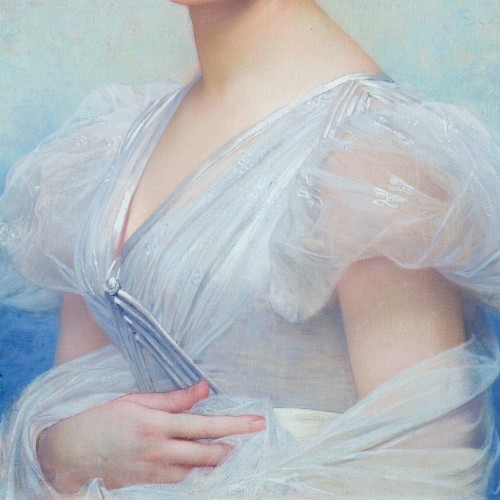
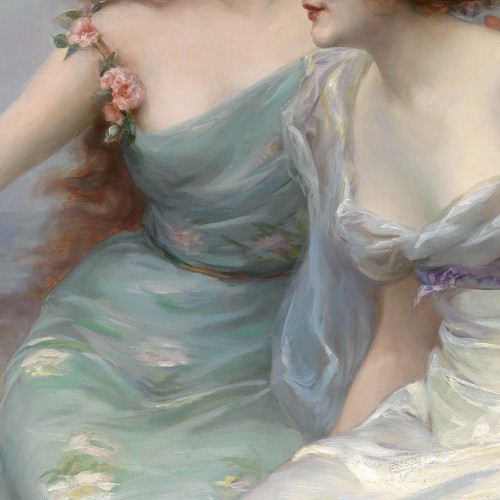
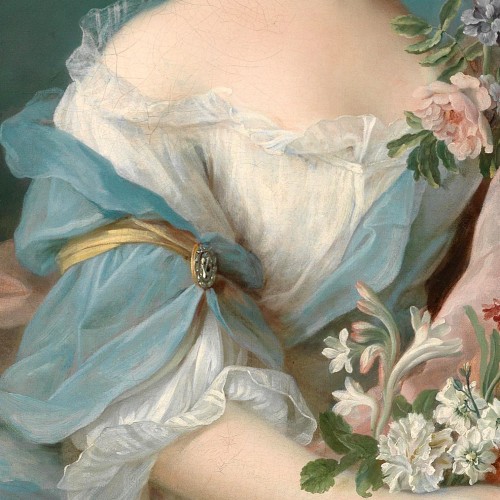
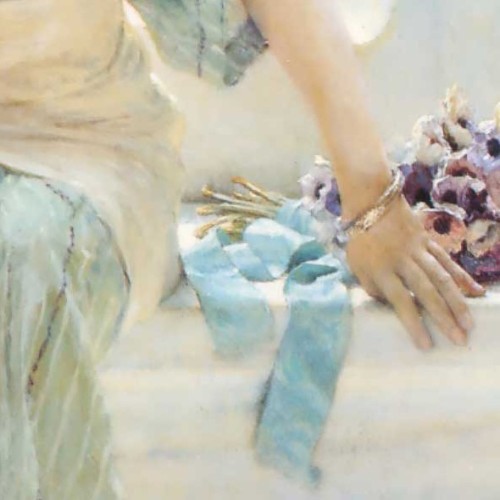
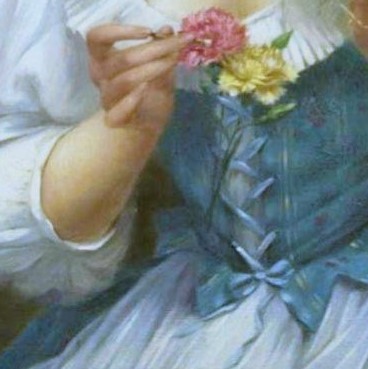

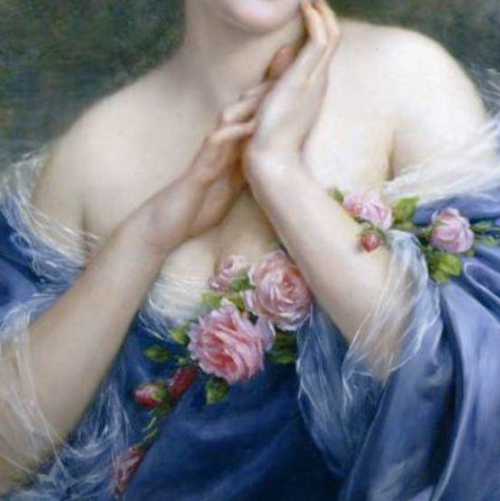

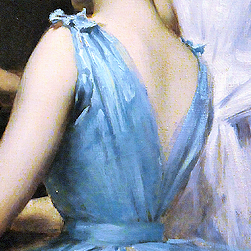
Blue in paintings of women ♥
Jules Joseph Lefebvre; Édouard Bisson; François-Hubert Drouais; Lawrence Alma Tadema; François Martin-Kavel; Christian Schloe; Irving Ramsay Wiles
-
 mistymountains2011 liked this · 3 weeks ago
mistymountains2011 liked this · 3 weeks ago -
 champila liked this · 3 weeks ago
champila liked this · 3 weeks ago -
 xbooksloverx liked this · 1 month ago
xbooksloverx liked this · 1 month ago -
 sideofvoid liked this · 1 month ago
sideofvoid liked this · 1 month ago -
 jasonmoro liked this · 1 month ago
jasonmoro liked this · 1 month ago -
 justanaveragesideblog reblogged this · 1 month ago
justanaveragesideblog reblogged this · 1 month ago -
 ghost-of-many-words reblogged this · 1 month ago
ghost-of-many-words reblogged this · 1 month ago -
 endless-sea-cloudy-nights liked this · 1 month ago
endless-sea-cloudy-nights liked this · 1 month ago -
 holdmytinyhands liked this · 1 month ago
holdmytinyhands liked this · 1 month ago -
 fanwriting93 reblogged this · 1 month ago
fanwriting93 reblogged this · 1 month ago -
 cupofkhaos liked this · 2 months ago
cupofkhaos liked this · 2 months ago -
 lightbluefog liked this · 2 months ago
lightbluefog liked this · 2 months ago -
 chivalryfellonmysword liked this · 2 months ago
chivalryfellonmysword liked this · 2 months ago -
 luckykarmasworld liked this · 2 months ago
luckykarmasworld liked this · 2 months ago -
 boobooweembo liked this · 2 months ago
boobooweembo liked this · 2 months ago -
 amaryllis-l reblogged this · 3 months ago
amaryllis-l reblogged this · 3 months ago -
 efailla2013 liked this · 3 months ago
efailla2013 liked this · 3 months ago -
 obsessedmaldaydreamer liked this · 3 months ago
obsessedmaldaydreamer liked this · 3 months ago -
 foxe liked this · 3 months ago
foxe liked this · 3 months ago -
 roguelovers-writing reblogged this · 3 months ago
roguelovers-writing reblogged this · 3 months ago -
 fighting-a-losing-time-war liked this · 3 months ago
fighting-a-losing-time-war liked this · 3 months ago -
 jjwritesbooks reblogged this · 3 months ago
jjwritesbooks reblogged this · 3 months ago -
 onixieisawriterrr liked this · 3 months ago
onixieisawriterrr liked this · 3 months ago -
 demonicorganist liked this · 4 months ago
demonicorganist liked this · 4 months ago -
 ctrsdoesart liked this · 4 months ago
ctrsdoesart liked this · 4 months ago -
 caisleanlaider liked this · 4 months ago
caisleanlaider liked this · 4 months ago -
 mischievous-darling liked this · 4 months ago
mischievous-darling liked this · 4 months ago -
 everlovingdeer reblogged this · 4 months ago
everlovingdeer reblogged this · 4 months ago -
 andiicandy liked this · 4 months ago
andiicandy liked this · 4 months ago -
 chaosvinny liked this · 4 months ago
chaosvinny liked this · 4 months ago -
 rika-chan24 reblogged this · 4 months ago
rika-chan24 reblogged this · 4 months ago -
 rika-chan24 liked this · 4 months ago
rika-chan24 liked this · 4 months ago -
 gege-senpai liked this · 4 months ago
gege-senpai liked this · 4 months ago -
 ellen-andriodo liked this · 4 months ago
ellen-andriodo liked this · 4 months ago -
 nemaia13 liked this · 4 months ago
nemaia13 liked this · 4 months ago -
 apieceofpearpie liked this · 4 months ago
apieceofpearpie liked this · 4 months ago -
 inseparableduo liked this · 4 months ago
inseparableduo liked this · 4 months ago -
 shindahime reblogged this · 4 months ago
shindahime reblogged this · 4 months ago -
 transparententhusiastmentality liked this · 5 months ago
transparententhusiastmentality liked this · 5 months ago -
 ranzomiscalling liked this · 5 months ago
ranzomiscalling liked this · 5 months ago -
 thewackyrandomwriter liked this · 5 months ago
thewackyrandomwriter liked this · 5 months ago -
 walkinthefairygarden liked this · 5 months ago
walkinthefairygarden liked this · 5 months ago -
 bigslimeprofessorbiscuit reblogged this · 5 months ago
bigslimeprofessorbiscuit reblogged this · 5 months ago -
 dead-poets-societea-blog liked this · 5 months ago
dead-poets-societea-blog liked this · 5 months ago -
 bigslimeprofessorbiscuit liked this · 5 months ago
bigslimeprofessorbiscuit liked this · 5 months ago -
 royal-lina liked this · 5 months ago
royal-lina liked this · 5 months ago -
 nossumusstellae liked this · 5 months ago
nossumusstellae liked this · 5 months ago












